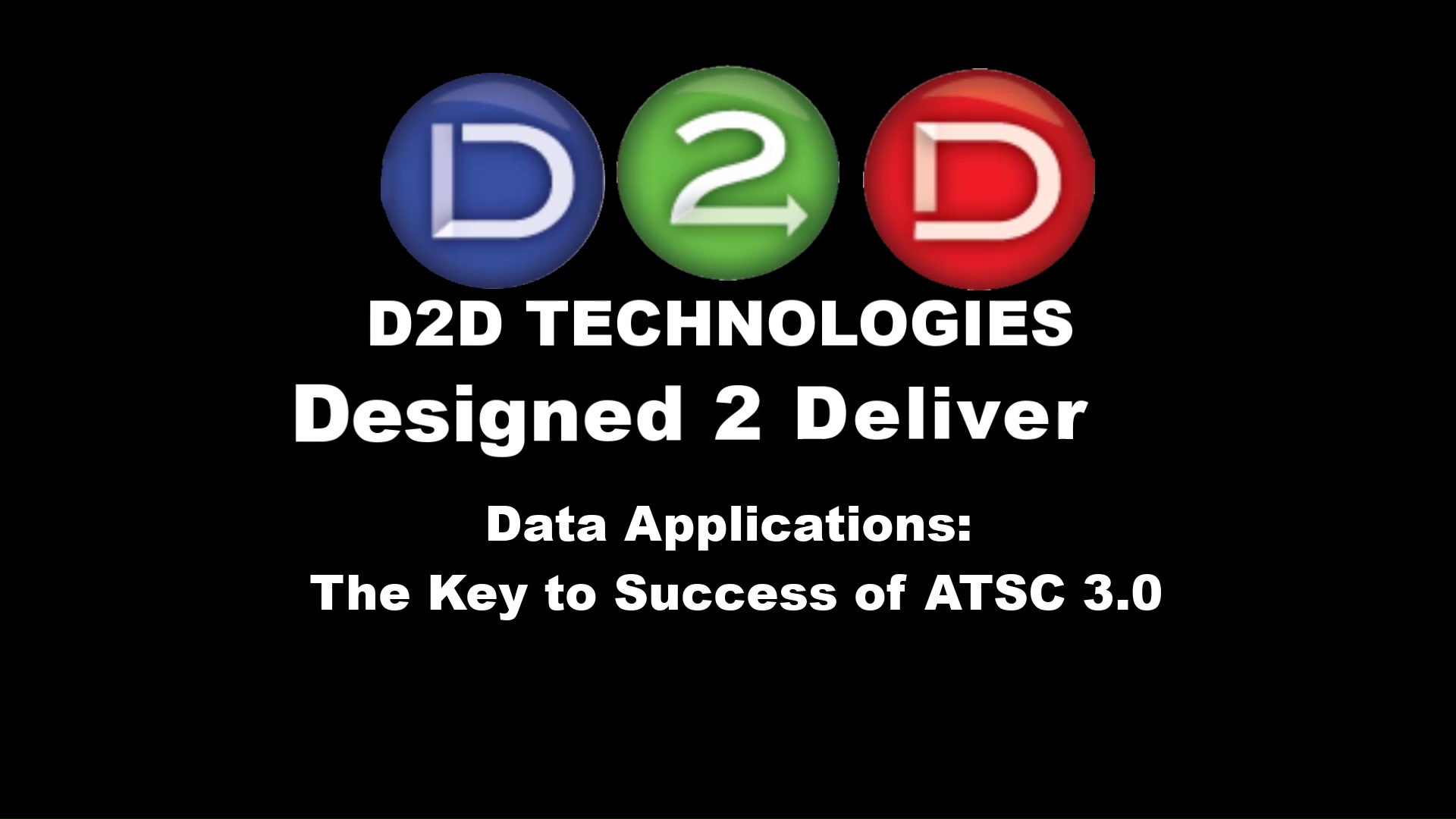Data applications are key to the success of ATSC 3.0, and under that umbrella fall broadcaster
applications and datacasting. Broadcaster apps are exciting because they bring so much interactivity,
choice, and added value to the viewing experience. Datacasting is amazing because it delivers on the
ATSC 3.0 promise of mobile content delivery, and the applications for it are countless and incredible!
So, what is a broadcaster app, and how does it work? A broadcaster app essentially consists of a client-
side web application with resources such as HTML5, CSS, JavaScript, images, and multimedia delivered in
the ATSC 3.30 stream. At each ATSC 3.0-compliant receiver, a server-side application renders these
resources. A WebSocket protocol is used to communicate user settings, receive event notifications, and
request actions such as video scaling, and it’s also what supports use of a remote to move a cursor
around the screen in an interactive way.
While these receiver side servers are simple, rendering only the pages, the broadcast application can
leverage an additional broadband connection to connect to richer applications in the cloud, such as
payment processing and user authentication.
Datacasting via ATSC 3.0 leverages broadcasting’s one-to-many architecture to push data to remote
devices, even a car going 70 miles an hour down the highway. The concept has been around a long time
— since the early days of ATSC 1.0 — but the devices you’re casting to no longer have to be stationary!
The power of broadcaster apps and datacasting are brought together by another interesting concept
with ATSC 3.0: the companion devices protocol. This protocol allows you to have a hybrid application
using both broadcaster apps and datacasting, and the upshot is that you can communicate with other
devices such as computers, tablets, and mobile phones.
So, ATSC 3.0 can empower you to enrich your broadcast services in many ways. You can start adding
graphical content such as showcards or pictures of actors to your broadcast services. You can also add
actor bios, links to IDMB entries, previews, and links for station VOD content. You can also brand your
station consistently across different types of receivers and electronic service guides (ESGs).
It also can support services including advanced emergency alerts, or as we like to call them, advanced
emergency information. These are a category of broadcaster apps all on their own, and they can
complement your existing traditional EAS by providing extensive, targeted, graphical information to help
people navigate and get through disruptive or dangerous weather, traffic, and other events.
Broadcaster apps and datacasting have the potential to do so much more! One pilot program is working
to address remote learning needs for students without good broadband access. This is just the tip of the
iceberg for ATSC 3.0 data applications. As more and more broadcasters see the possibilities for this new
standard, we’ll see more and more incredible things come of it.
If you’re interested in learning how your station can do incredible things with ATSC 3.0, get in touch.
We’d love to talk through the possibilities


